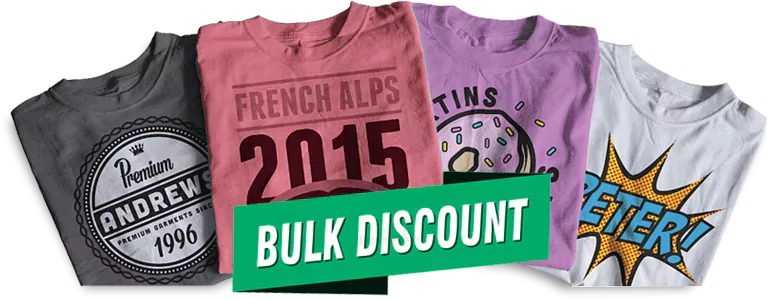T-shirt processing is one of the oldest and most evolved. It’s quite interesting to know the process of how it’s made.
We wear T-shirts of various styles however, most of us are unaware of the cycle by which T-shirts go through.
T-shirt processing is one of the oldest and most evolved. Industrial revolution starts rooting from the textile industry, then bloomed and adapted to different industries.
From Cotton Seeds to T-Shirts
- Cotton
- Ginning
- Spinning
- Knitting
- Dying
- Finishing
- Cut, make and trim (including value addition like printing, embroidery etc...)
- Inspection and rework
- Ironing and packing
- Shipping
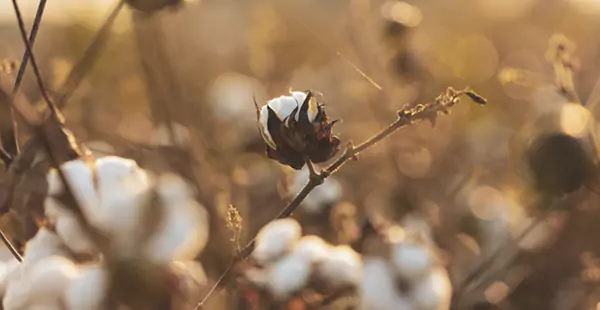
What Is Cotton?
Cotton is a natural cellulose fibre, grown by a cotton farmer and comes from the cotton plant. Cotton fibre is fluffy and grows in a ‘boll’ which protects the cotton seed inside.
Cotton is grown around the world with India currently being the biggest producer and the USA the biggest exporter.
Cotton cloth is the product of a lengthy cotton production process. – no sooner is one cotton crop harvested than the next is set.
Here is an accurate representation of the excessive number of steps involved in turning cotton fibre into fabric that later we can use to create our tees.
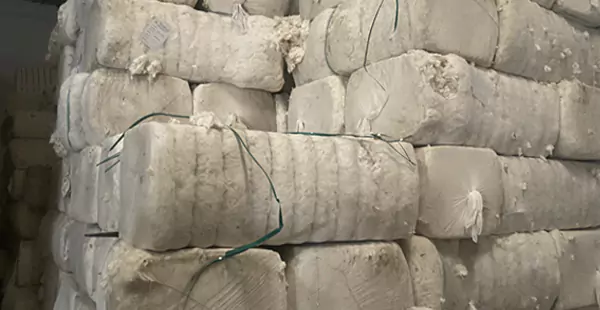
Ginning is the process of separating the seeds and removing dust particles from cotton. First, the cotton goes through dryers where it is dried out if it is too wet and water is added if it is too dry to ensure the correct moisture level. Next, the cotton goes through cleaning equipment to remove leaf trash, sticks, dirt and other foreign matter. After cleaning, the seed get removed from the lint through narrow slots. Then, the raw fibre removed goes through finer cleaners at the gin stand where smaller impurities are removed. At last it is pressed into blocks called bales.
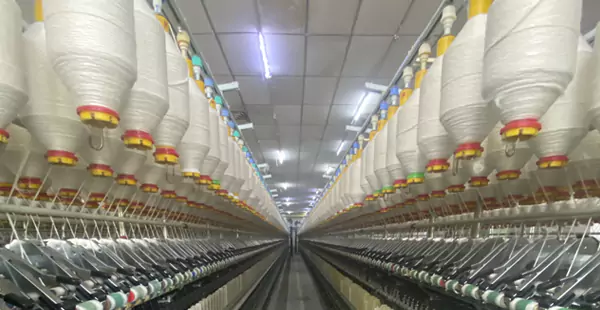
It is the initial state of textile product processing where the yarns are produced from the extracted fibres, that process is called Spinning. Here, the cotton is rolled and twisted into yarn. The yarn is rolled by the rollers and the cotton thread is formed.

Knitting is a method of constructing a fabric by using a series of needles to interlock loops of yarn. A hand knitter uses two needles, forming one stitch at a time. Cotton is mostly knit on circular machines, which have needles fixed to the rim of a rotating cylinder. As the cylinder turns, the needles work their way from stitch to stitch, producing a tubular fabric.
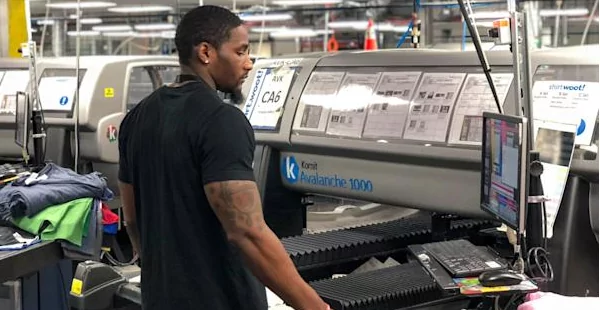
Dyeing is the process of applying colour, which can be done at fibre, yarn, beam, and fabric or garment stage, depending on the desired end effect.
In piece dyeing, which is used primarily for fabrics that are to be a solid colour, a continuous length of dry cloth is passed full-width through a trough of hot dye solution. Yarn dyeing, which occurs before the cloth is woven or knitted, is used to produce checks, plaids, woven stripes and other special effects.

Textile finishing is the term for chemical and mechanical processes used on fabric after it’s manufactured, but before it is cut and sewn into garments or made into other things. Textile finishing is used to achieve desired effects and it can have aesthetic or functional benefits. It modifies a fabric’s final appearance, makes it softer, or improves elements of its performance. Textile finishing makes fabric more appealing to the consumer.

The cutting process involves cutting the bodies and sleeves out of the tube of fabric. Before that, marking of outlines for T-shirt components are done. After marking, fabric cutting is done using machine. Tailors or sewing operators make shirts using a sewing machine. Once different parts of a shirt are made, shirt parts are assembled. Then the t-shirts artwork, which can be an intricate design, lettering, or image is applied or printed or embroidered or tipped onto the t-shirt.
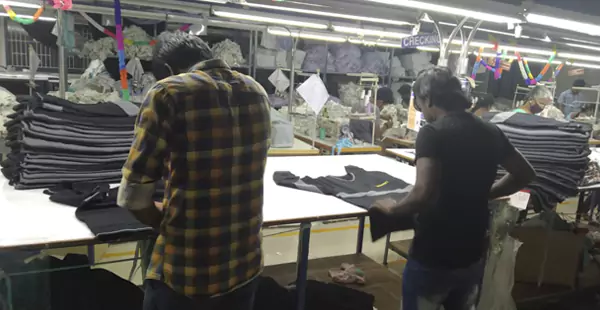
Inspection can be defined as the visual examination or review of raw materials (like fabric, sewing threads, buttons, trims, etc.), partially finished components of the garments, and completely finished garments in relation to baseline standards. The imperfections can be corrected. This is well taken care so that the quality of the product is maintained in the best interest of the client.

Ironing means a cloth put through to heat and pressure with or without steam to remove unwanted creases and to impart a flat appearance to the garments. It not only eliminates wrinkles and shrinkage, but it also leaves clothes looking fresher.
Packaging means wrapping, compressing, filling or creating of goods for the purpose of protection of goods and their convenient handling. The fabric is packed in a manner appropriate to the shipping conditions.
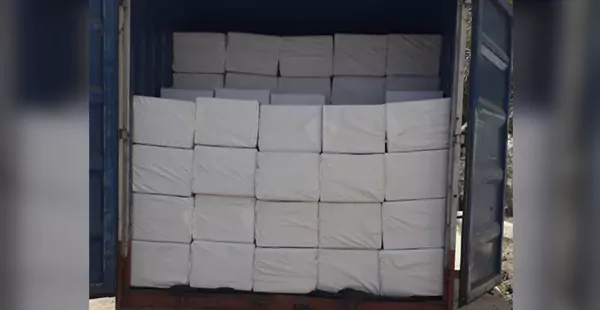
Shipping for the textile industry involves the transport of fabrics, finished garments and products. No matter what kind of textile you’re shipping, like Yarn, thread, fabric, and other textile goods, the preparation is similar. Garments are transported as per the recommendations of the clients.
Packing of T-shirts is also as per the needs of the customers. You can decide whether you need a single piece, 5 pieces, or 10 pieces as a package. This can be again custom made with gunny wrap or carton options.

All our products are generally resistant to various factors that fades the colour of the fabric. Follow our wash care instructions.

Our fabrics go through dimensional stability processes. Hence the T-shirt do not shrink or elongate with usage.

Fit - Our various range of products are tailored to provide comfort fit - Available in small, medium, large, XL ,2XL sizes.

Well-chosen trims & accessories that adds elegance and endurance to the garments we manufacture.
